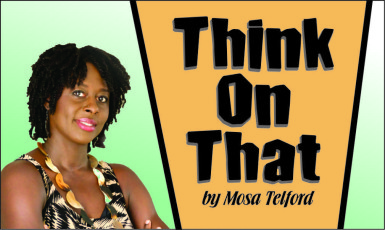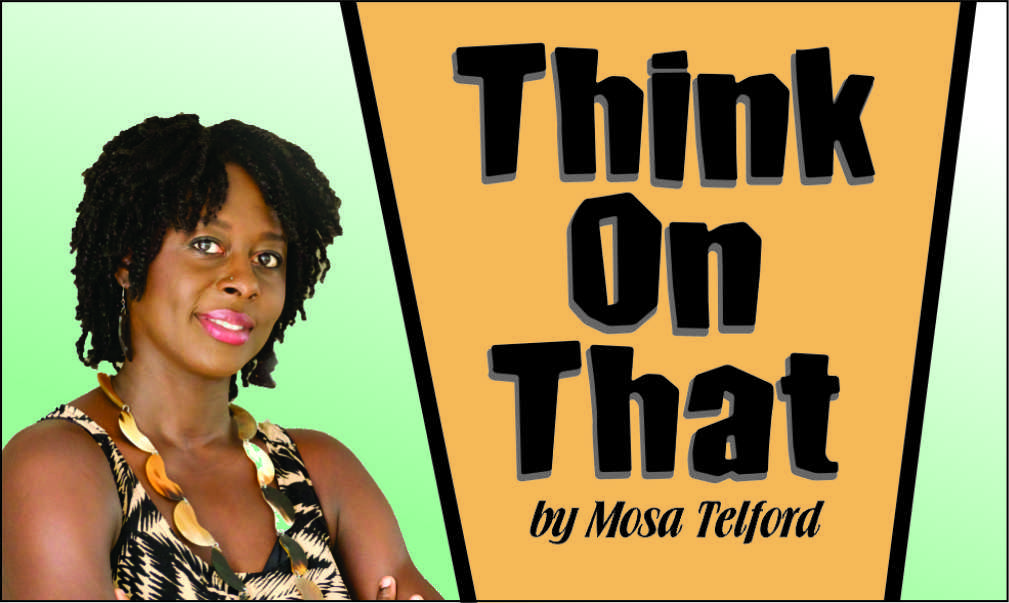 The damage to many children begins when they are very young. Whether in the form of physical, verbal, psychological or sexual abuse, many Guyanese children are affected by the inadequacies of the adults who are supposed to protect them.
The damage to many children begins when they are very young. Whether in the form of physical, verbal, psychological or sexual abuse, many Guyanese children are affected by the inadequacies of the adults who are supposed to protect them.
When we quiet ourselves and consider who or what many of us are, it is not very difficult to figure out why many of our social issues exist. Yet, repeatedly, we are shocked by the results of the dysfunction that continues to plague our society. We change nothing, or our efforts to change are inadequate, or often we just verbalise our displeasure, with little or no action to follow up. As a result, those who are opposed to positive change will always perhaps have the greatest impact in stagnating us.
The incident that has placed the Mae’s Schools in the spotlight has once again exposed the thoughtlessness as it regards children in our society. A child was humiliated for simply dressing in traditional Indigenous garb. And, of course, the incident has aroused a discourse about intolerance, ignorance and disrespect. It has also driven members of the Indigenous community and supporters to protest.
I wonder about the short and long-term effects on the child. When the child arrived at school proud to display a part of his culture on what was designated “Culture Day,” he was reportedly met by the rejection of security guards before he was even allowed to enter the school. (The school has denied this.) The face of admonishment regarding dress codes in this country are usually those of irate security guards. But we know they are not the authors of the dress codes.
In the case of institutions like the National Cultural Centre, where an archaic dress code remains in full effect, staff are quick to tuck a man’s shirt into his pants or tell a young woman to cover her shoulders. I am still baffled as to why men cannot wear jeans to the National Cultural Centre. Having visited cultural centers in four other countries, I found that none had any sort of dress code. And, even closer to home, the Theatre Guild also has no dress code. But, again, the staff at the National Cultural Centre are just following the directives of the system that those in power are not making any effort to modify.
I am reminded about how hopeful I was in 2015, when the slogan “it is time” ignited hope for this country like I had never felt before in my thirty something years. And though the dress codes are just a snippet of the greater story of the need for change, it is often the little things that remind me that indeed the time has not quite come yet.
The fact that we are still policing what people wear in Guyana 2018 is part of the evidence that we are a people who have not evolved much since Independence as we continue to rigidly cling to ‘massa’s’ code of dress.
It was reported that after the admonishment from the Mae’s security guards, teachers too laughed at the child. Some of the people who parade as teachers in this country are unfit; they fail the profession and, ultimately, they fail our children. We must respect teachers who are passionate, love their jobs and genuinely care about educating our children. The education system, too, needs revamping, with the emphasis on the cramming of information to write examinations resulting in those who can score the highest marks being deemed worthier than those who learn differently; life skills and creative development are often absent or underemphasised. But teachers cannot be blamed for the system that is in place. To change the system will require civil society and those in power consulting with each other, examining our records, assessing our shortcomings as a society, studying the needs of our children in an effort to create more holistic programmes for their development and being honest about what is really needed to serve not just some of the people, but all of us.
Nevertheless, there are teachers who verbally, physically and psychologically abuse our children. In what world is it okay for a teacher to humiliate a child by laughing at them?
And if the teachers reportedly laughed at the child at Mae’s, what were his peers to do when children are so quick to tease each other? Such an experience could change a child and not for the better. How will the child feel now about the Indigenous side of his family? How will he feel about the teachers? How will he feel about who he is? The idea of him going from proudly heading to the school in the morning in the cultural wear to stripping himself of it by afternoon because of the mockery from peers and teachers is a sad reminder of how our vitriol can affect others.
It is commendable that we claim to be working towards social cohesion–we have a ministry dedicated to it. Harmony, respecting each other, creating a sense of belonging and an end to marginalisation are all elements of social cohesion. But we are a far from a wholly social cohesive society.
The incident at Mae’s is another example of the disrespect many perpetuate against the Indigenous peoples, whether it is referring to them in derogatory terms or making a mockery of their intelligence or their culture. It is the reality. Social cohesion will continue to be more of a grand idea than the general reality if we are not making efforts to change how we see each other, to understand each other and to respect each other. We are proud Guyanese but some of us are not self-aware or think it is necessary to ignore or deny our origins. While in many aspects we are a nation of imitators, working to erase our original thoughts, perhaps what truly makes us Guyanese is yet to be defined.
We need to be honest about our history. The judgement of each other must end. We must genuinely respect the uniqueness of each other. We must acknowledge our mistakes and apologise when we have erred.
An incident like what reportedly occurred at the Mae’s Schools should never occur again, but we live in a society with many who refuse to change; practices of our former slave and colonial masters continue to guide many aspects of our lives and many are comfortable with the way things are.










